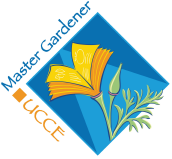Traditional training as a Japanese gardener places great emphasis on learning through direct bodily experience: when a designer creates a garden, it is not conceived in the mind but rather made with the body. This way of understanding gardens diminishes, or even eliminates, the role of books and manuals as a resource for design. At the same time, there is a long and rich history of Japanese garden manuals: beginning with the Sakuteiki, among the oldest garden manuals known, and continuing through the present, with dozens of new books being published each year.
This talk examines this contradiction by studying the history of Japanese garden books alongside historical Japanese gardens. Special emphasis is given to exploring how the meanings and methods that are described in books can be applied to learning about Japanese gardens, for an audience that may not have an easy opportunity to spend years mastering Japanese and working in gardens in Japan.
Mark Bourne is a master Japanese gardener, having completed a four-year apprenticeship to Kitayama Yasuo in Kyoto. As an apprentice Mark worked in many historically significant gardens, including the Kyoto Imperial Palace, Katsura Imperial Villa, and Zen temple gardens in Kenninji, Kodaiji, and Daitokuji, among others. As the owner of Windsmith Design, Mark has spent more than 20 years using the foundation of Japanese design to create gardens in the San Francisco area and the Pacific Northwest.















